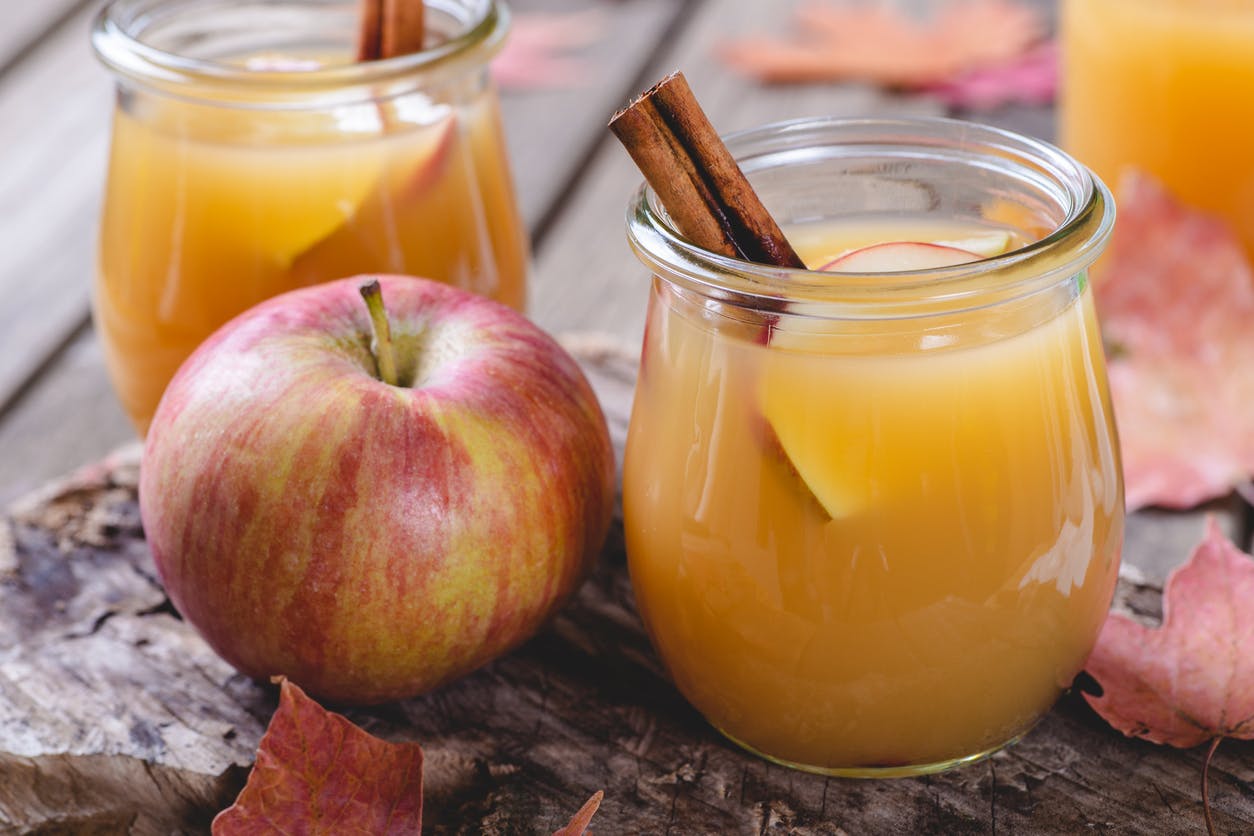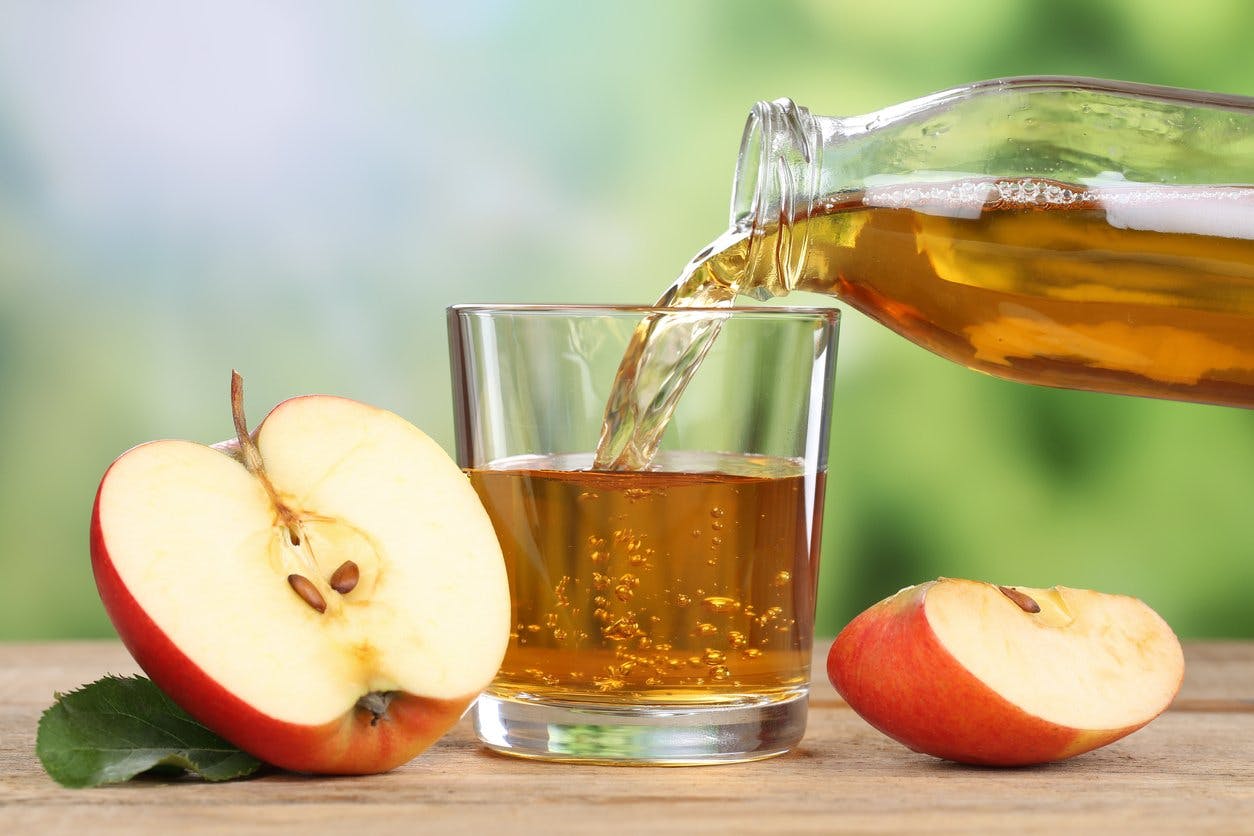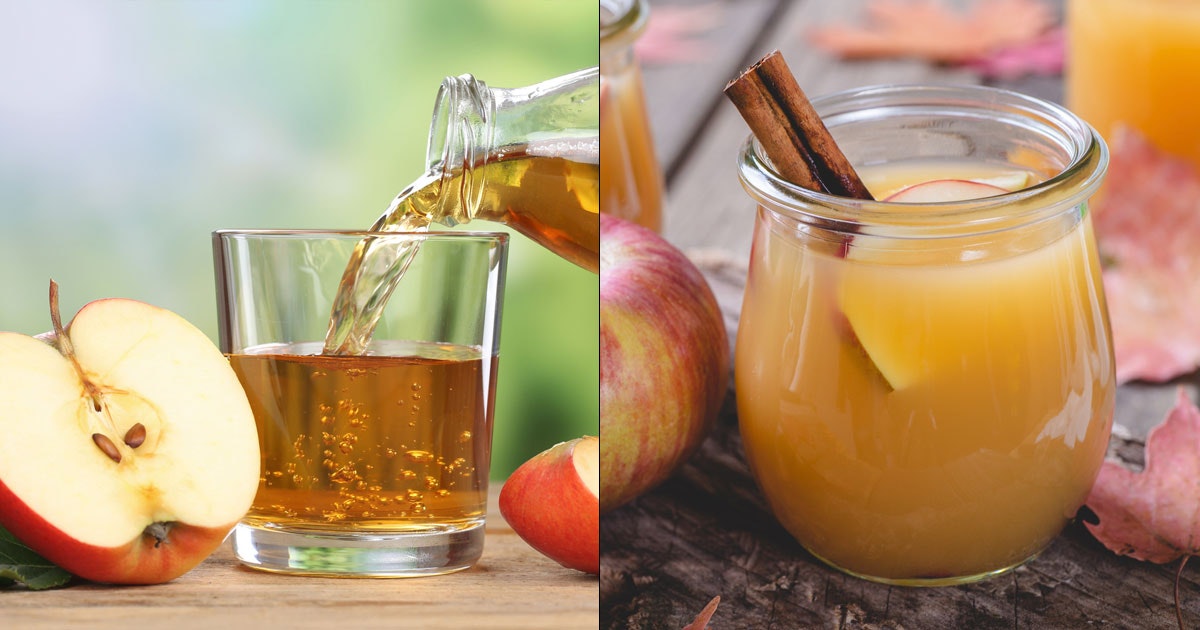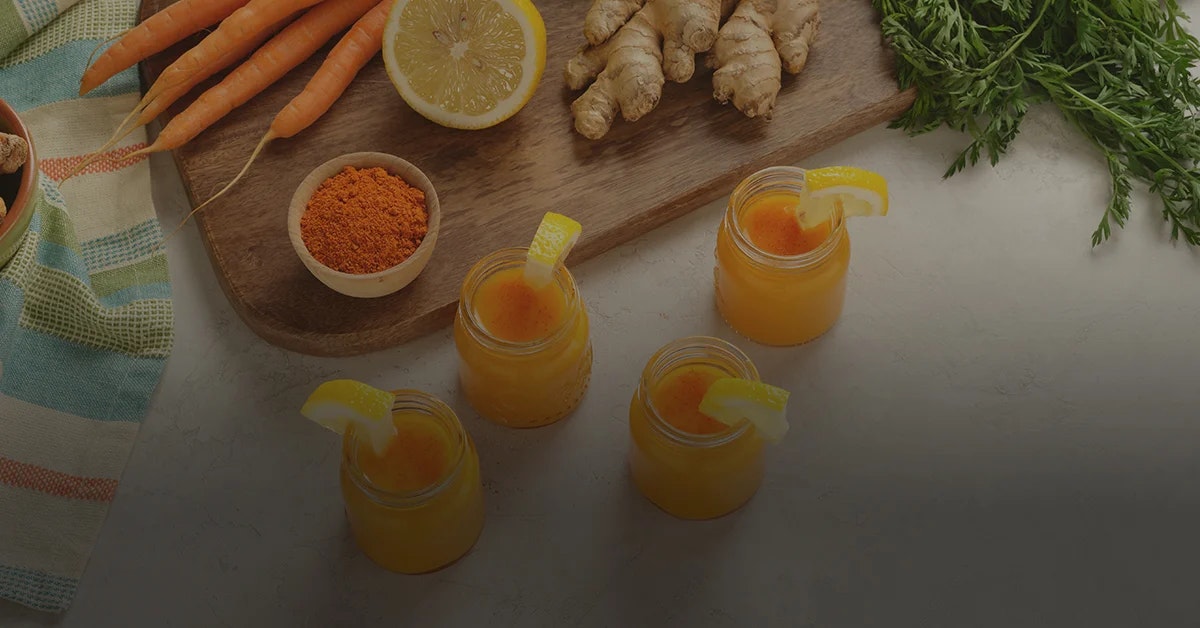Almost every kid loves apple juice, but what usually happens when they grow up? They graduate to apple juice’s mature sibling: apple cider.
But do you know what differentiates these two delicious beverages? The answer is a lot weirder and confusing than you’d expect.
Read on to learn the differences between apple cider and apple juice! And keep scrolling for our chef-made apple cider and apple juice recipes you can DIY at home.

Apple Cider vs Apple Juice: The 3 Main Differences
Because there is no legal standard for the labeling of apple cider and apple juice, the differences can actually vary by location. Here are the three approaches to apple cider and apple juice labels:
1. The way the drink was processed. Some states specify the differences between apple cider and juice, and businesses must take heed of these differences when crafting their labels. Massachusetts, for example, specifies processing guidelines for apple cider.
Cider from such states is likely what most of us think of when we think of apple cider. Namely, a cloudy and very perishable apple drink that you would expect to see at farm stands and farmers markets. This tasty and unfiltered beverage is most readily available when apples are in season. Sometimes this cider is unpasteurized as well, in which case naturally occurring yeasts can cause fermentation. Such unpasteurized cider becomes slightly fizzy and alcoholic with age.
Apple juices in these more stringent states has been filtered to remove solids and pasteurized so that it will stay fresh longer. This makes apple juice a lot more shelf-stable, which is why you will often see it in non-refrigerated aisles at the grocery store.
2. Whether or not there’s alcohol. Outside of the United States, the term “cider” is reserved for hard apple ciders. So, if you’re in Ireland for a vacation, avoid ordering your 12-year old a glass of cider.
3. The label itself. There are companies, most notably Martinelli’s, that use the terms “cider” and “juice” interchangeably on the same exact product.
That’s right — the difference can sometimes be boiled down to nothing more than a marketing ploy. According to their website, “Martinelli’s apple juice and cider are the same; the only difference is the label…We continue to offer the cider label since some consumers simply prefer the traditional name for apple juice.”
Can You Make Your Own (Non-Alcoholic) Apple Cider At Home?
The answer is yes, you can make your own apple cider at home!
Our custom Apple Cider recipe was created by our Goodnature chef and juicing consultant, Ari. Unlike most apple cider recipes, you won’t need a crock pot, slow cooker, or strainer — just your juicer.
The next time you’re on the hunt for apple cider or apple juice, make it yourself! This is an easy and creative way to experiment with different recipes and know what’s going into your beverage.

The Ancient Origins of Hard Apple Cider
This is a bit of a tangent, but it’s interesting enough to share.
Thousands of years ago, crabapples became a very common ingredient to be made into cider. Since these apples weren’t typically eaten due to their bitter taste, they were used for cooking and drinking. Once the apples were pressed and made into a juice, they were left to ferment (turning it into a hard cider).
Since the birth of hard cider, the popularity of the beverage spread quickly around Europe and eventually made its way to the United States. The popularity of hard cider fizzled out in time and was replaced with soda and beer. This left us with apple cider, apple juice, and hard cider.
What Is Apple Cider? The Most Common Definition
Apple cider is commonly defined as an unfiltered, raw, unpasteurized, sweet, non-alcoholic beverage that uses fresh apples.

To make apple cider, fresh apples are cut up and pressed using a hydraulic press. Since apple cider is raw and includes the pressed “flesh” of the apples, it doesn’t go through a typical filtration process.
Apple cider is a medium-to-dark caramel color due to the coarse particles of pulp and other “mash” of the apples. It’s critical for fresh cider to remain refrigerated or the room temperatures will jump start fermentation – creating hard cider! In the Midwest, fresh apple cider is typically found in gallon or half-gallon jugs at local grocery stores, apple orchards, farmers’ markets, and more.
What Is Apple Juice? The Most Common Definition
Apple juice is very similar to apple cider, except it goes through both a filtration process and pasteurization process.

When the beverage is exposed to heat, it changes the color, taste, and composition. Typically, you will find that apple cider is a dark, opaque color whereas apple juice is light and transparent.
If you walk into any local grocery store, it’s very common to see apple juice stocked on the store shelves all year long. Depending on the brand, apple juice can include added preservatives or sugars to enhance the apple flavor and extend shelf life and making it shelf-stable.
There are several additional options for consumers including Trader Joe’s Unfiltered Apple Juice that contains fewer preservatives and lower amounts of sugar.
Want to make your own homemade, raw apple juice? Get The Best Cold-Pressed Apple Juice recipe here.
Which Do You Prefer: Apple Cider or Apple Juice?
Let us know in the comments!
Want to browse a variety of chef-made juicer recipes? Check out our juicing recipes here!



Comment